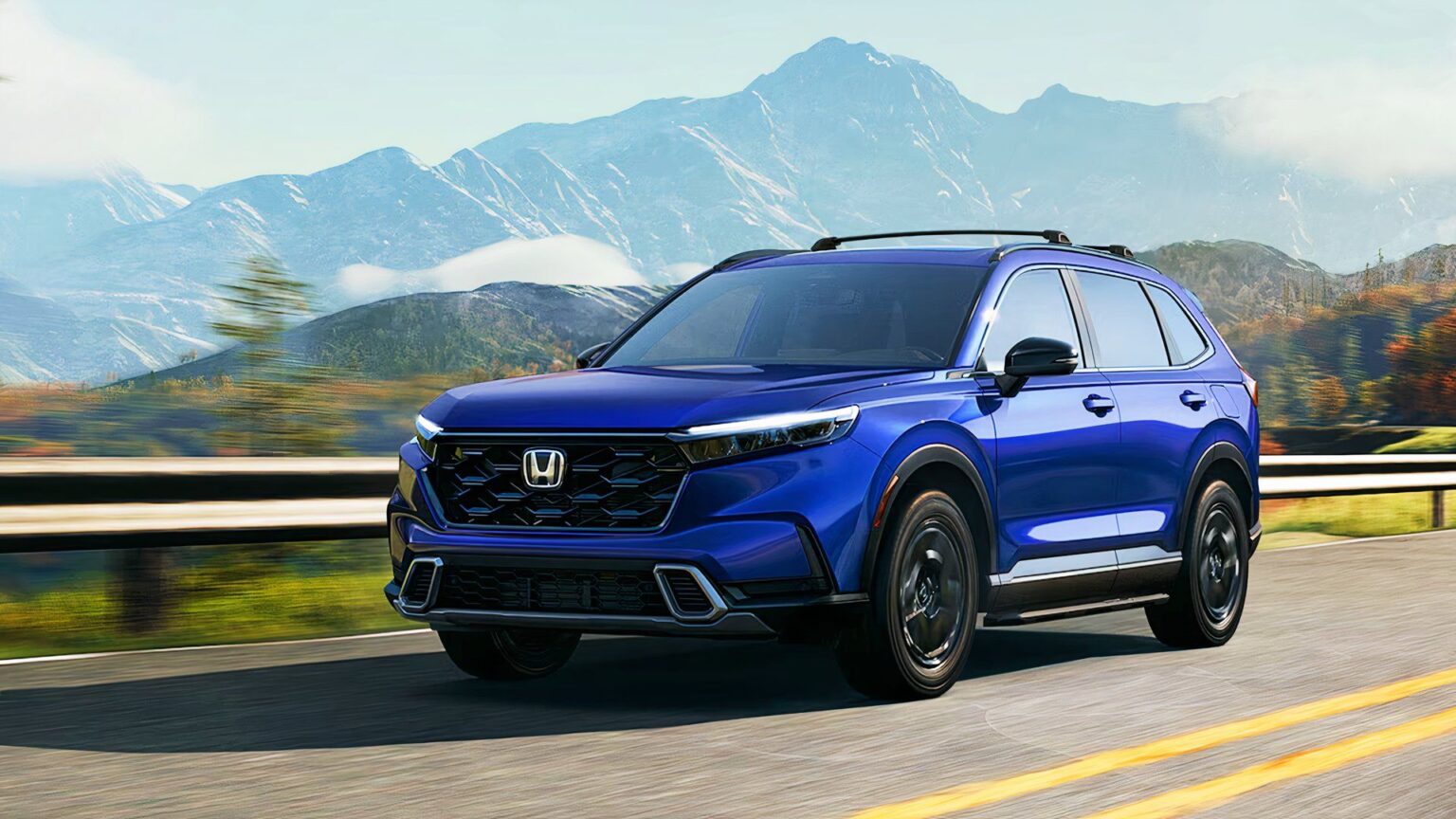Carmakers share suppliers all the time. And sometimes they shake hands and even co-develop parts for their respective cars. GM and Ford have done this on transmissions, and famously, the Toyota GR Supra and BMW Z4 were co-developed, sharing most of the same components. So it’s not uncommon, and the fact that, according to reporting by Nikkei, Honda will buy batteries from Toyota isn’t that odd. But the nature and cause of the relationship is relatively unique — and could well be something we’re about to see much more often.
Tariffs Make Strange Bedfellows
Currently, Honda is tied at the hip to GM, because the Detroit manufacturer is Honda’s supplier/builder for the Prologue and the Acura ZDX. Soon enough, Honda will be making its own EVs, starting with the Honda 0, which debuts in 2026 and will be manufactured in Ohio.
But right now, for hybrids Honda sells in the U.S., they source their batteries from both Japan and China, both of which are going to be subject to tariffs. At the start of 2025, Japan’s Kyodo News Service reported that Japanese carmakers were all scrambling to reshape their supply chains and working together because, especially Subaru and Mazda, import the bulk of their cars to the U.S. from Japan. Analysts at Nomura Securities Co. said the two carmakers’ profits could each fall by a third or more due to tariffs.
Honda’s Near-Term Answer
Toyota will supply Honda with nearly 400,000 batteries for its hybrid cars, like the CR-V hybrid, which is built in Ontario, Indiana, and Ohio. Honda doesn’t have much choice; demand for hybrids is increasing, and nearly a quarter of all cars sold last year were hybrids. Honda’s percentage was slightly lower, but still a significant chunk, at 22 percent. Meanwhile, Toyota just invested $14 billion to build a new battery plant in North Carolina, which is just about to come online.
Sticker Shock for Automakers — And Car Buyers
Honda’s plan is pretty clear. They already assemble battery packs in their Ohio factory, but they don’t make the batteries themselves. Meanwhile, import tariffs on Japanese products are set to rise to 25 percent, and they’re already at 20 percent for Chinese goods. Any part of a car that’s not made in the U.S. will get slammed by these duties, and everyone from BMW executives to Ford’s (because they also face supply chain shocks) has been voicing opposition to the damage this will cause.
Japanese carmakers ship over 1 million cars to the U.S. per year, and Nikkei reported that the tariffs are estimated to cost Japanese automakers $20 billion. It’s not clear what percentage of these duties get passed along to car buyers, but it won’t be none.
TopSpeed’s Take
Trump recently announced, falsely, that Honda was moving more manufacturing to Indiana from Mexico. That story was first broken by Reuters — followed up by TopSpeed. Then Honda said they were not, in fact, moving manufacturing to Indiana. Honda said in a statement to TopSpeed:
“Honda has made no such announcement and will not comment on this report. The Honda Civic has been made in our Indiana Auto Plant since the facility opened in 2008 based on our longstanding approach to build products close to the customer. We have the flexibility to produce products in each region based on customer needs and market conditions.”
Honda’s statement went on to say, “… We thank President Trump for recognizing our commitment to manufacturing vehicles in America, and we look forward to working with the administration and Congress on pro-growth policies that support a robust U.S. auto industry.”
Reading between the lines, Honda, like all carmakers worldwide, is dancing as fast as it can. Volkswagen Group COO told the media this past week that it cannot simply shift supply chains on a whim. Honda’s hedge provides a short-term fix for Honda, but as Toyota intends to increase its own hybrid plans, eventually that pinches Honda and their customers.
Read the full article here


